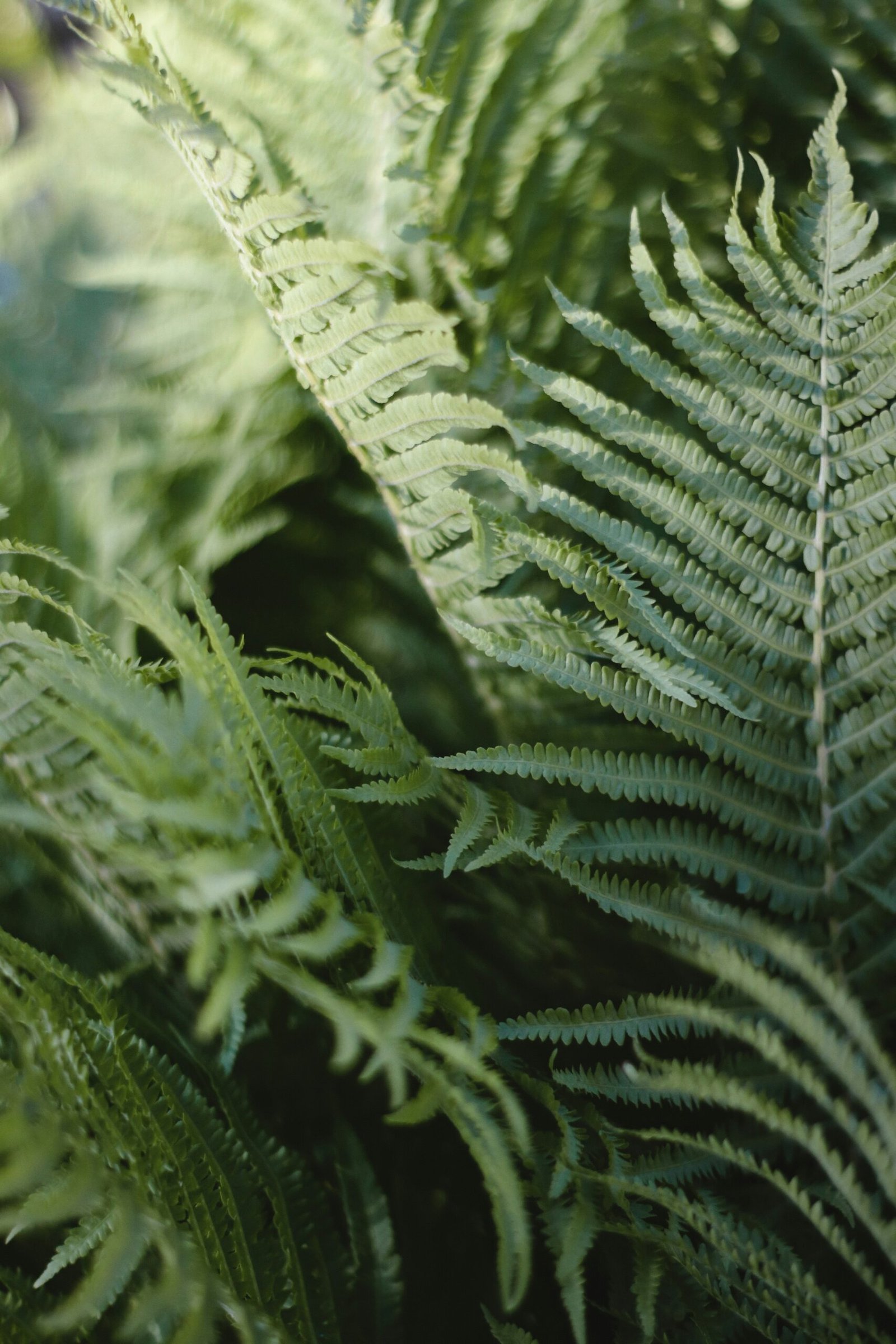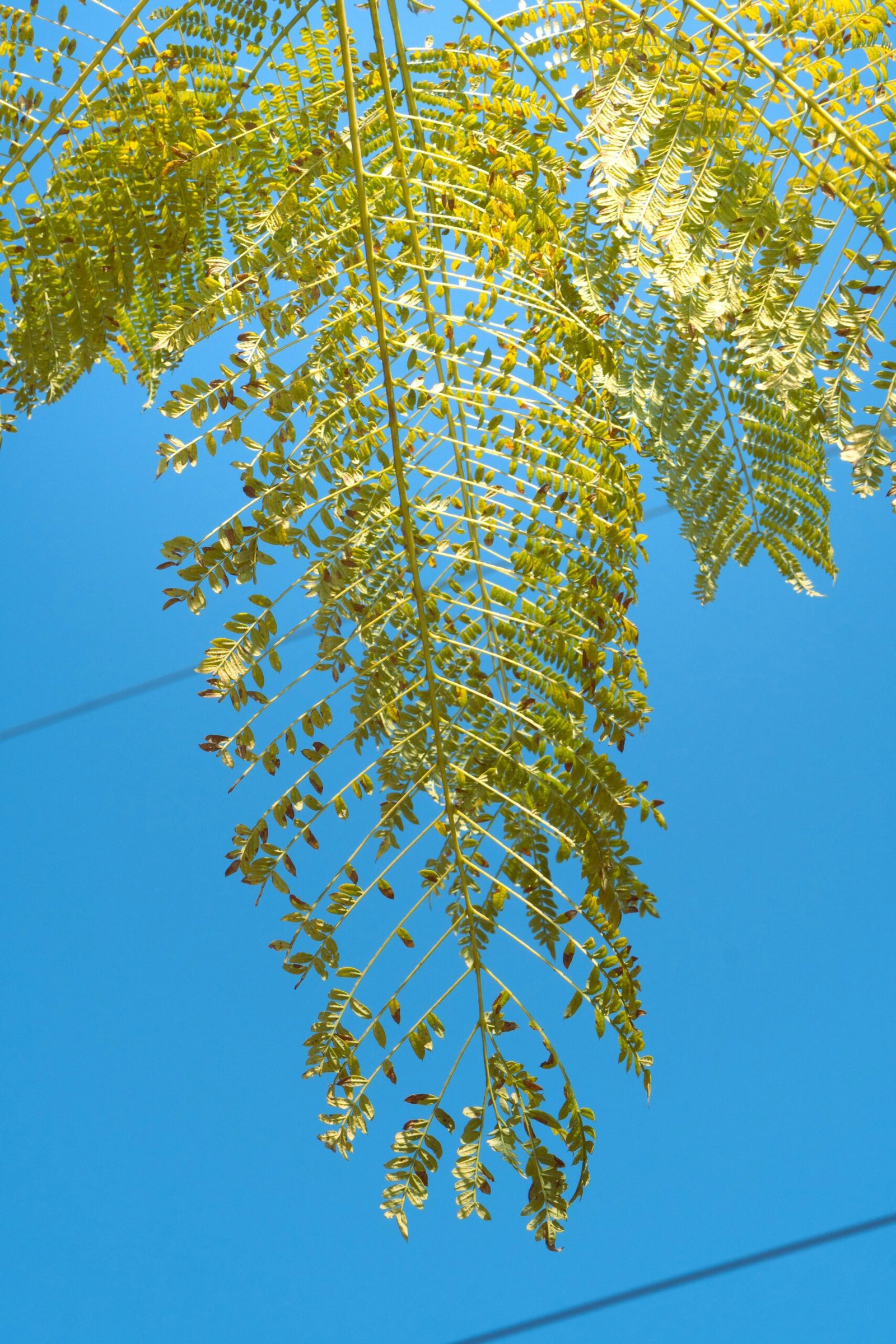Table of Contents
The Jamun Tree: A Guide to Growing and Caring for this Fruitful Plant
When it comes to fruit-bearing trees, the Jamun tree (Syzygium cumini) is a popular choice among gardeners. Known for its delicious and nutritious fruits, as well as its ornamental value, the Jamun tree is a versatile addition to any garden or landscape. In this article, we will explore the various aspects of growing and caring for a Jamun tree, including its planting requirements, maintenance tips, and the benefits it offers. Whether you are a seasoned gardener or a beginner, this guide will provide you with all the information you need to successfully cultivate a Jamun tree.
Planting Requirements:
Before you embark on the journey of growing a Jamun tree, it is important to understand its planting requirements. Jamun trees thrive in tropical and subtropical climates, preferring temperatures between 25°C to 35°C (77°F to 95°F). They require full sun exposure for at least six hours a day, so choose a location in your garden that receives ample sunlight. The soil should be well-draining, rich in organic matter, and slightly acidic with a pH level ranging from 5.5 to 6.5. If your soil is clayey or compacted, consider amending it with sand or organic compost to improve its drainage.
Planting Process:
Once you have selected a suitable location and prepared the soil, it’s time to plant your Jamun tree. The best time to plant a Jamun tree is during the spring season when the weather is mild and the tree has enough time to establish its roots before the onset of harsh summer heat. Dig a hole that is twice as wide and deep as the root ball of the tree. Gently remove the tree from its container and place it in the center of the hole. Backfill the hole with the amended soil, ensuring that the tree is planted at the same depth it was in the container. Firmly press the soil around the base of the tree to eliminate any air pockets.
Maintenance Tips:
Proper maintenance is crucial for the healthy growth and productivity of a Jamun tree. Regular watering is essential, especially during the first few years of the tree’s life. Water the tree deeply once or twice a week, ensuring that the soil remains consistently moist but not waterlogged. Mulching around the base of the tree can help retain moisture and suppress weed growth. Apply a layer of organic mulch, such as wood chips or compost, around the tree, keeping it a few inches away from the trunk to prevent rotting.
Pruning is another important aspect of Jamun tree care. Prune the tree during the dormant season, removing any dead, diseased, or crossing branches. This will promote better air circulation and sunlight penetration, reducing the risk of fungal diseases. Additionally, regular pruning will help maintain the tree’s shape and size, making it more manageable and aesthetically pleasing.
Benefits of Growing a Jamun Tree:
Growing a Jamun tree not only provides you with a bountiful harvest of delicious fruits but also offers numerous health benefits. Jamun fruits are rich in antioxidants, vitamins, and minerals, making them a nutritious addition to your diet. They are known to have anti-diabetic properties, aid in digestion, improve heart health, and boost immunity. Furthermore, the Jamun tree’s attractive foliage and flowers add beauty and charm to your garden, making it a visually appealing choice for landscaping.
In conclusion, the Jamun tree is a rewarding plant to grow and care for. By understanding its planting requirements, following proper maintenance practices, and reaping the benefits it offers, you can enjoy the fruits of your labor and create a vibrant and fruitful garden.
Planting a Jamun Tree
The first step in growing a Jamun tree is to select a suitable location for planting. Jamun trees thrive in tropical and subtropical regions, preferring warm and humid climates. They require full sun exposure for at least 6-8 hours a day, so choose a spot in your garden that receives ample sunlight. The soil should be well-draining and rich in organic matter. If your soil is clayey or sandy, consider amending it with compost or well-rotted manure to improve its fertility and drainage.
Once you have chosen the perfect spot, it’s time to plant your Jamun tree. Dig a hole that is twice as wide and deep as the root ball of the sapling. Gently remove the sapling from its container and place it in the center of the hole. Backfill the hole with soil, ensuring that the tree is planted at the same depth as it was in the container. Tamp down the soil gently to eliminate air pockets and water the tree thoroughly.
After planting the Jamun tree, it is important to provide proper care and maintenance to ensure its healthy growth. Regular watering is essential, especially during the dry season, to keep the soil moist but not waterlogged. Mulching around the base of the tree can help retain moisture and suppress weed growth. Additionally, applying a balanced fertilizer during the growing season can provide the necessary nutrients for optimal growth and fruit production.
Pruning is another important aspect of Jamun tree care. It is recommended to prune the tree during the dormant season to remove any dead or diseased branches and to shape the tree for better structure and airflow. Pruning also helps promote new growth and encourages fruiting.
Protecting the Jamun tree from pests and diseases is crucial to ensure its health and productivity. Regular inspection of the tree for signs of pests such as aphids, fruit flies, or mealybugs is necessary. If any infestation is detected, appropriate measures like using organic insecticides or introducing beneficial insects can be taken to control the pests. Similarly, keeping the area around the tree clean and free from fallen leaves and fruits can help prevent the spread of diseases.
It is worth mentioning that if you are looking to buy a Jamun tree sapling, you can visit nurserykart.in, a trusted online nursery that offers a wide range of plants, including Jamun trees. They provide high-quality saplings that are carefully nurtured to ensure their health and vitality. By purchasing from nurserykart.in, you can conveniently have the saplings delivered to your doorstep, saving you time and effort.
5. Sunlight:
The Jamun tree thrives in full sunlight, so it is important to ensure that it receives at least six to eight hours of direct sunlight every day. Place the tree in a location where it can bask in the sun’s rays without any obstructions. If you are growing the tree indoors or in a shaded area, consider using artificial grow lights to provide the necessary light intensity.
6. Mulching:
Applying a layer of organic mulch around the base of the Jamun tree can provide numerous benefits. Mulch helps to retain moisture in the soil, suppresses weed growth, and regulates soil temperature. Additionally, as the mulch breaks down, it enriches the soil with valuable nutrients. Use a layer of organic mulch, such as wood chips or shredded leaves, and ensure that it is spread evenly around the tree, leaving a gap around the trunk to prevent rotting.
7. Harvesting:
Once your Jamun tree starts producing fruit, it is important to know when and how to harvest them. The fruits are ready to be harvested when they turn dark purple or black and have a slightly soft texture. Gently twist or cut the fruit from the tree, taking care not to damage the branches or other fruits. It is best to consume the fruits immediately after harvesting, as they tend to spoil quickly.
8. Winter Protection:
In regions with cold winters, it is important to protect the Jamun tree from frost and freezing temperatures. Before the first frost, wrap the trunk of the tree with burlap or use a tree wrap to insulate it. This will help prevent damage to the bark and keep the tree healthy during the winter months. Additionally, consider covering the tree with a frost blanket or moving it to a sheltered location if extreme cold is expected.
By following these tips and providing the necessary care, your Jamun tree will thrive and reward you with delicious fruits year after year. Remember to observe your tree regularly and make adjustments to the care routine as needed. With patience and dedication, you can enjoy the beauty and bounty of a healthy Jamun tree in your garden or orchard.
4. Medicinal Properties:
In addition to its nutritional benefits, the Jamun tree also possesses various medicinal properties. Its bark, leaves, and seeds have been used in traditional medicine for centuries to treat a range of ailments. For example, the bark is known to have astringent properties and is used to treat diarrhea and dysentery. The leaves are believed to have anti-inflammatory properties and can be used to alleviate symptoms of arthritis and joint pain. The seeds, on the other hand, are used to regulate blood sugar levels and are beneficial for individuals with diabetes.
5. Environmental Benefits:
Planting a Jamun tree in your garden can have positive environmental impacts as well. The tree is known to be highly adaptable and can thrive in a variety of soil types and climatic conditions. It is also a fast-growing species, which means it can quickly establish itself and provide shade and habitat for birds and other wildlife. Additionally, the Jamun tree is known for its ability to absorb carbon dioxide and release oxygen, helping to improve air quality in your surroundings.
6. Culinary Uses:
The fruits of the Jamun tree are not only nutritious but also versatile in the kitchen. They can be eaten fresh, used in jams, jellies, and desserts, or even made into refreshing beverages. The slightly tangy and sweet flavor of the fruit adds a unique twist to various dishes and can be a delightful addition to your culinary repertoire.
7. Cultural Significance:
Lastly, the Jamun tree holds cultural significance in many parts of the world. In India, for example, it is considered a sacred tree and is associated with festivals and religious ceremonies. The fruits are often used in traditional rituals and offerings, symbolizing prosperity and good fortune.
By growing a Jamun tree in your garden, you not only benefit from its nutritious fruits and ornamental value but also contribute to the environment and connect with cultural traditions. It is a truly rewarding experience that adds beauty, health, and meaning to your outdoor space.








